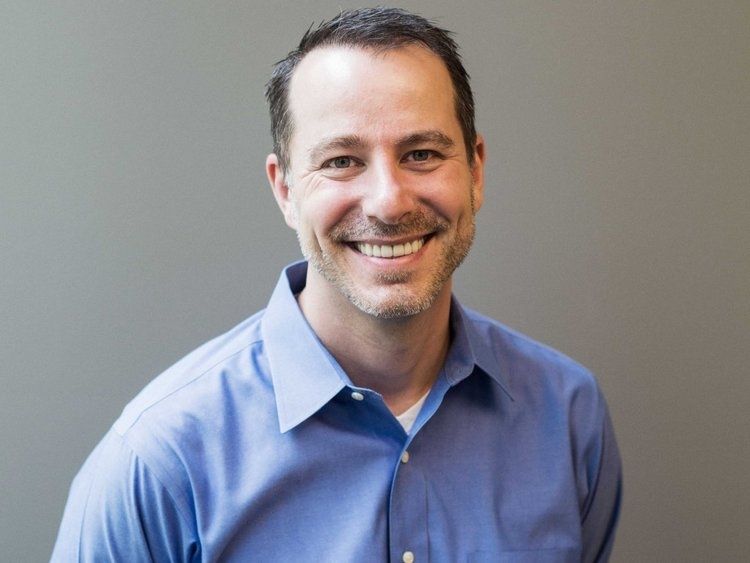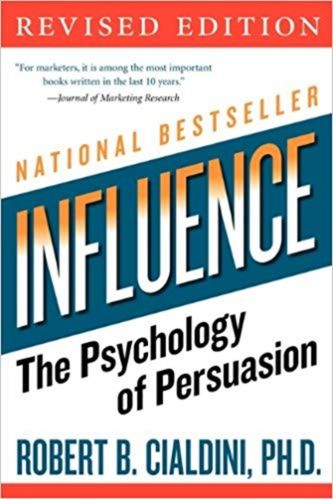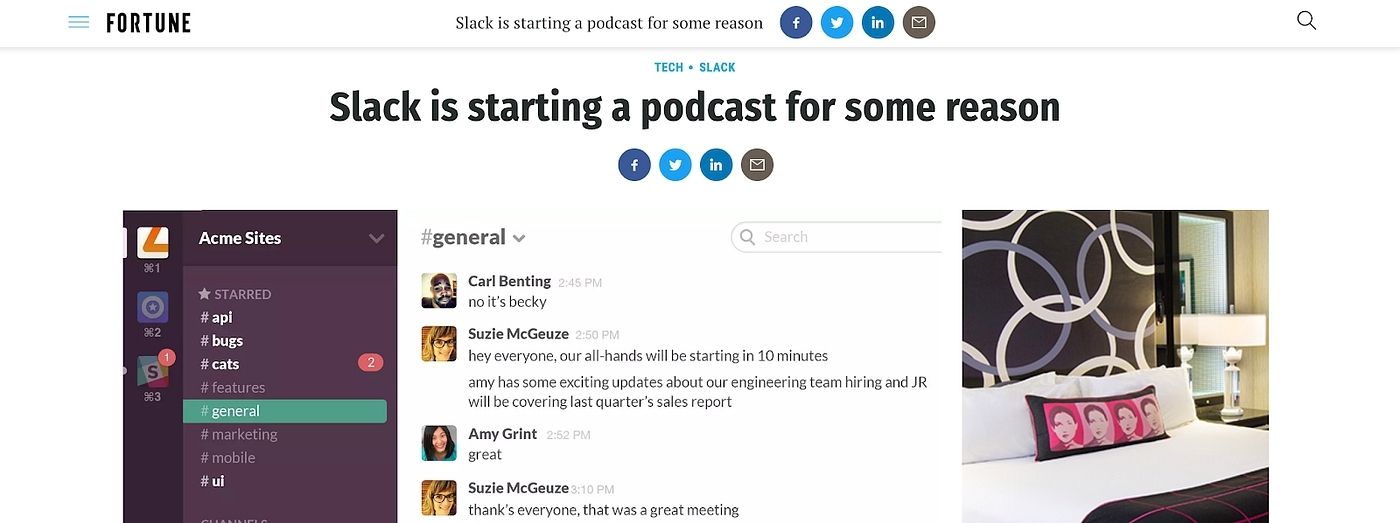Nice Brands Finish First. Proven By Science… and Slack
When we first started making podcasts with brands in 2015, we found an immediate, shared mindset with our first client, Slack.
Coming from traditional media backgrounds, our team believes in “putting the listener first.” It’s what every media professional learns is the key to success — think about the audience all the time.
When we first started working with Slack, we were trying to figure out how to frame this principle in a way that makes strategic sense for brands. We quickly realized we didn’t have to. They already knew.

Slack’s CMO at the time, Bill Macaitis, (now a sought-after advisor and board member) is one of the most progressive marketing thinkers I’ve ever met. From day one, Bill talked about the podcast as “a gift for the listener.” He knew that the best route to success for Slack’s podcast was to focus on surprising audiences with a series that was for listeners and not about Slack.
He described the podcast strategy to me a few years ago this way: “The podcast is really just having this great first touch point with these users. You don’t have to sell at that point. You’re just helping them out, and I think if you do that consistently over time, people are going to trust that brand.”
He is passionate about creating exceptional touchpoints with the brand at every opportunity. As he put it:
“Philosophically, we really just tried to think, ‘How could we give people a great experience?’”
Bill summarized his philosophy like this:
“The bar is not, ‘Did you get the sale?’ The bar is, ‘Did you get the recommend?’ When you think about that, getting a recommend is a much harder challenge, a much higher bar, and it really factors in all these little micro-experiences that you’re having.”

I recently read Robert Cialdini’s famous book, Influence: The Psychology of Persuasion and it explains the science behind why Bill’s marketing strategy is brilliant. Cialdini’s first principle is the Rule of Reciprocity and it explains why being proactively generous is not just commendable, but strategically sound and smart for marketers.
Cialdini explains this principle on his website:
“Simply put, people are obliged to give back to others the form of a behavior, gift, or service that they have received first. If a friend invites you to their party, there’s an obligation for you to invite them to a future party you are hosting. If a colleague does you a favor, then you owe that colleague a favor. And in the context of a social obligation people are more likely to say yes to those who they owe.”
We all know people who are proactively generous with doing favors or surprising others with kindness and thoughtfulness. And it’s not just being nice — it’s also being smart.
Here’s one of the experiments Cialdini describes:
“The last time you visited a restaurant, there’s a good chance that the waiter or waitress will have given you a gift. Probably about the same time that they bring your bill. A liqueur, perhaps, or a fortune cookie, or perhaps a simple mint.
So here’s the question. Does the giving of a mint have any influence over how much tip you’re going to leave them? In the study, giving diners a single mint at the end of their meal typically increased tips by around 3%.
Interestingly, if the gift is doubled and two mints are provided, the increase doesn’t double. It quadruple s— a 14% increase in tips. But perhaps most interesting of all is the fact that if the waiter provides one mint, starts to walk away from the table, but pauses, turns back and says, “For you nice people, here’s an extra mint,” tips go through the roof. A 23% increase, influenced not by what was given, but how it was given.”
To me, one of the clearest indications that Slack’s podcast was truly a gift was this headline in Fortune when it launched:

To me, “for some reason” = this is not an infomercial.
Macaitis is also smart enough to recognize that you can’t just be generous once — it’s a philosophy.
“People never have one interaction with you and buy the next day. We’ve done a lot of deep dives and attribution on touch points, and the most common thing we found is that people are having 10, 20, 30 interactions with you before they’ll even create a team or sign up for a free trial.”
That’s why podcasts, or any other forms of content can make a lot of strategic sense. If you want potential customers to have 10, 20, 30 amazing experiences with you, you can plan those through a regular publishing schedule and hopefully accelerate the journey towards becoming a customer.
So if you’re making a podcast — or any other content — as a marketer, be generous. Be surprising. Be exceptional. Be empathetic. Bill believes passionately that there is a better way to do marketing:
“You can do it the right way. You can treat people how you would want to be treated. You can give them a great experience, and they’re going to go tell 5, 10, 20, 50 other people, and that’s incredible. We live in a time where the voice of customers has never been more powerful. It’s time to re-explore. What are the right tactics? What experiences are we giving our prospects and our customers, and can we do it in a better way?
And science also says that it’s smart. As Cialdini summarizes:
“Be the first to give and to ensure that what you give is personalized and unexpected.”
Sign up for the Pacific Content Newsletter: audio strategy, analysis, and insight in your inbox. Once a week.
